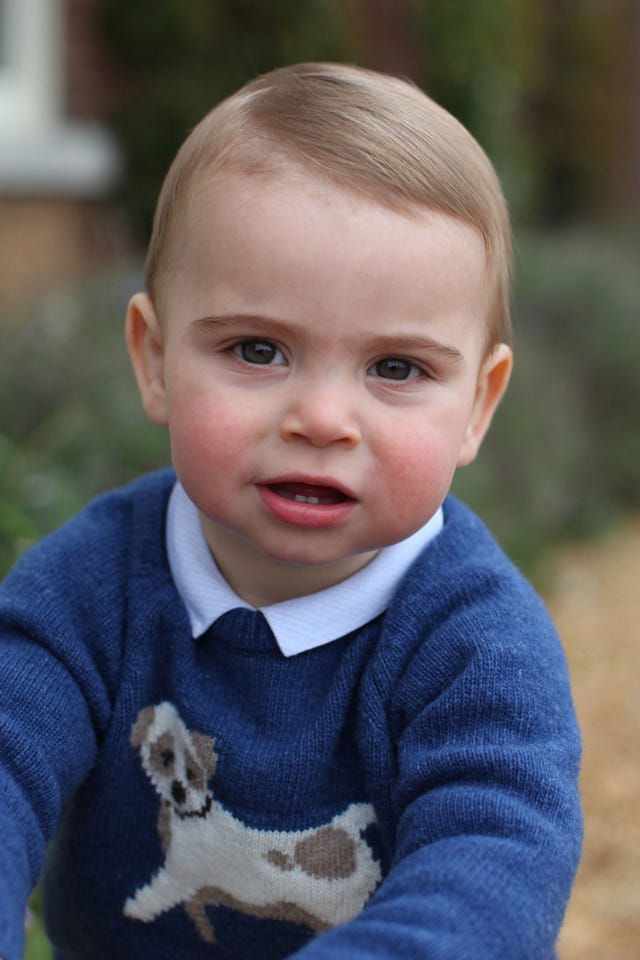At just six years old, Prince Louis is stealing the spotlight as the youngest member of the British royal family.
With his playful antics and charming public appearances, this little prince is not just a source of delight but also stepping into a more formal role within the monarchy.
Recently, he was officially given the title of His Royal Highness Prince Louis of Wales, a significant honor bestowed by his grandfather, King Charles III.
As the youngest son of Prince William and Catherine, the Princess of Wales, Louis is already familiar with the perks that come with royal life.
Yet, recent developments hint at an even brighter future for him.
If his father, Prince William, eventually becomes king, there’s a good chance that Louis could inherit additional royal titles, including the coveted Duke of Edinburgh.
Last year, King Charles awarded the Duke of Edinburgh title to his younger brother, Prince Edward.
However, when Edward passes away, the title will revert to the crown instead of being handed down to his son, James.
This twist in royal succession opens the door for one of Prince William and Princess Catherine’s children to claim the title, and many royal watchers speculate that Louis is the frontrunner.
The potential for Louis to receive such a prestigious title underscores the important position he may hold in the royal hierarchy.
His siblings are also poised for notable futures; Prince George stands first in line for the throne, while Princess Charlotte is expected to inherit the title of Princess Royal.
As the youngest, Louis could either take on the Duke of Edinburgh title or another significant designation, depending on the reigning monarch’s decisions.
This fluidity in royal titles reflects King Charles’ vision of a modern monarchy.
As the younger generation of royals matures, the way titles are allocated will undoubtedly influence their roles and how the public perceives them.
It’s a fascinating dynamic that speaks to the evolving nature of royal traditions.
Interestingly, Louis’ current title wasn’t always a certainty.
The rules governing royal titles were established by King George V in 1917, which stipulated that only the sovereign’s children and male-line grandchildren could be granted the designation of His or Her Royal Highness, along with the titles of Prince or Princess.
Without these changes, Louis might have been referred to simply as Master Louis Cambridge or Master Louis Windsor.
Fortunately, Queen Elizabeth II recognized the need for a shift and amended these regulations, ensuring that all of Prince William and Princess Catherine’s children would receive HRH titles.
This decision firmly placed Louis within the royal tradition, granting him the status and privileges that accompany his lineage.
The topic of royal titles has stirred controversy in recent years, especially concerning Prince Harry and Meghan Markle’s children.
In a highly publicized 2021 interview with Oprah Winfrey, Meghan revealed that their son Archie was denied the title of Prince, along with the associated security measures.
This revelation sparked intense debate about the monarchy’s commitment to inclusivity versus tradition.
With King Charles now at the helm, Harry and Meghan’s children, Archie and Lilibet, have since been granted official titles.
Yet, their journey illustrates the complexities and ongoing evolution of royal titles in today’s world.
As Prince Louis continues to grow, the possibilities for his royal future remain tantalizing.
Whether he ultimately inherits the Duke of Edinburgh title or another honorable designation, his place within the royal family is already well-established.
The youngest prince is poised to navigate the balance between upholding royal traditions and meeting the expectations of a modern audience.
